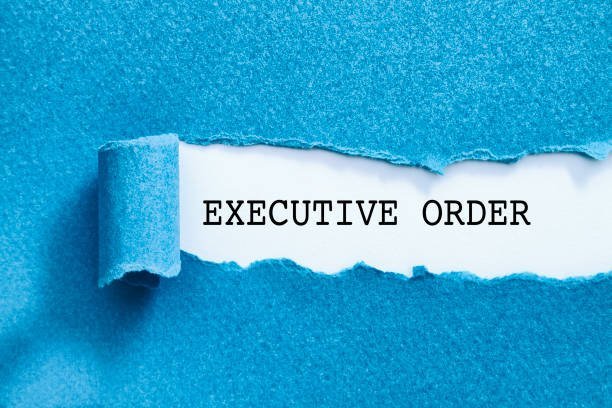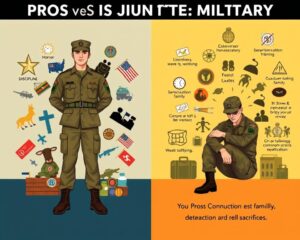An executive order is a declaration of the president or governing official which exerts the force of law based on statutory power and does not require the signing off from congress or the state legislature. Once issued, these orders remain unchallenged unless they are revoked, canceled, or challenged by a legal system.
Pros of Executive orders.
1. Ability to induce consistency and efficiency country-wide.
Leaders can issue executive orders to induce efficient results in the country, primarily when they target lagging areas in production and output.
2. Saves time during decision-making. Executive orders represent centralized decisions made by the top governing official, and since there are very few steps involved, the process goes along faster since the official is not contacting other leaders to weigh in on their ideas.
3. Creation of clarity within the government ranks. Using the executive summary, the top leader can compel other officials to pursue a policy that the leader finds suitable for the best of society. This helps to create a clear leadership structure.
4. Reduction of decision duplication along the supply chain. Using executive orders, the government seizes centralized control over the state, and by placing pressure on specific people, efficient results could be boring for the state.
5. Increased Productivity. Using this approach of issuing executive orders, the government can push for development by providing specific rules and demands, boosting state productivity.
6. Getting the controversial issues carried out. Within the ranks of a government, an issue where sides are being taken and one party are not willing to cooperate, using the executive summary, leaders can take a side and compel the other side of opinion to follow the wave.
7. Promotes transparency and openness. Executive orders are published online where citizens can see; this promotes transparency since a law passed without anyone knowing would be impossible to challenge if it is being issued for the wrong purposes.
8. It can be revoked. An executive summary being challenged allow logical grounds can be revoked anytime the leader who issued it pleases. Unlike a passed law, an executive order can be revoked, canceled, or legally challenged.
9. Paying focuses on National emergencies. Executive orders come in handy when dealing with an emergency which allocates them more power than usual. For example, during the 9/11 attacks, president George Bush used an executive order to give him the authority to detain the suspects without holding a trial.
Cons of Executive Orders.
1. Executive summaries may not always be constitutional.
Leaders may sometimes overstep their powers by using executive orders to bypass congress oversight.
2. Ignores input from the citizens. Executive orders mainly carry out unilateral decisions of the president, which may go against the citizens’ wishes since they do not weigh on the people’s ideas.
3. Unilateral decision-making.Executive orders allow presidents to make centralized decisions, giving the powers that, when over-stepped, could result in an authoritarian regime.
4. Executive orders may contradict former executive orders issued by previous leaders since these decisions are made unilaterally as the presidents see them fit for the administration.
5. It can be utilized for personal uses, such as rewarding political allies and punish rivals.



